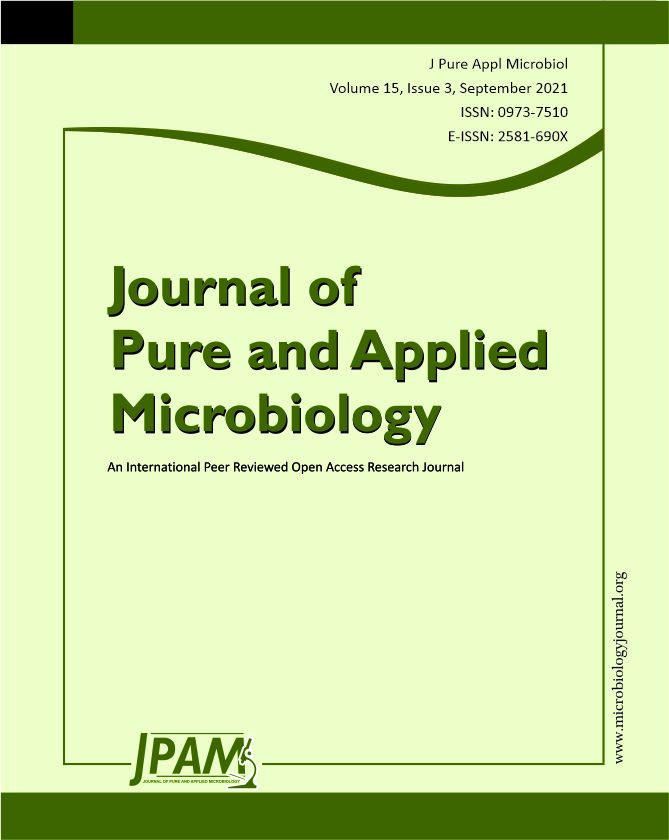Chronic dacryocystitis is an infection of the lacrimal sac and occurs due to obstruction of the nasolacrimal duct. It is an important cause of ocular morbidity in India. Objective: 1) To identify various species of aerobic bacteria causing chronic dacryocystitis 2) To determine the antibiotic sensitivity pattern of these bacterial species. At a tertiary care hospital in Belagavi, Karnataka, over two year period, a cross-sectional study was conducted among 60 patients suffering from chronic dacryocystitis. Samples obtained were subjected to microbiological culture and antibiotic sensitivity testing was done on identified isolates. Statistical analysis was done using Microsoft office excel 2010. The Maximum (31.67%) number of patients who belonged to the age group of 45-50 years Female were predominantly affected 50 (83.3%). Majority i.e. 53 (88.34%) had unilateral eye involvement. Of 67 samples collected 42 (62.68%) were culture positive. Gram-positive cocci (65.22%) were the predominant cause of bacterial infection than Gram-negative bacilli (34.78%). Among Gram-positive cocci, Staphylococcus aureus (30.43%) and Streptococcus pneumoniae (21.73%) and among Gram-negative bacilli. Pseudomonas aeruginosa and Klebsiella aerogenes (10.86% each) were the predominant isolates. The most effective antimicrobial agents for Gram-positive cocci were Gentamicin and Vancomycin (93.33% each) and for Gram-negative bacilli were Ticarcillin/Clavulanic acid (87.25%), Ticarcillin, Imipenem, and Ceftazidime/Clavulanic acid (81.25% each). The present study highlights the need for detection of specific etiological agents and their antibiotic sensitivity which will enable the clinician in efficient patient management and avoid irrational antibiotic use.
Antibiotic sensitivity, chronic dacryocystitis, clinical features, eye infections, lacrimal discharge
© The Author(s) 2021. Open Access. This article is distributed under the terms of the Creative Commons Attribution 4.0 International License which permits unrestricted use, sharing, distribution, and reproduction in any medium, provided you give appropriate credit to the original author(s) and the source, provide a link to the Creative Commons license, and indicate if changes were made.


